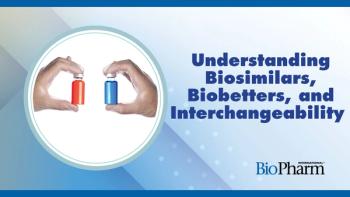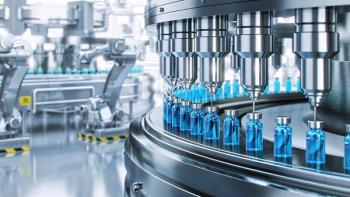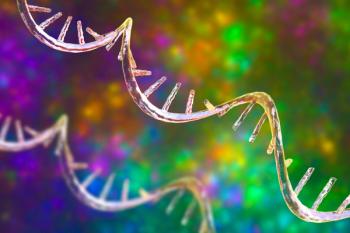
Early Data Show Potential of Tevard’s tRNA Therapy in Duchenne Muscular Dystrophy
Tevard's tRNA therapy appears to restore full-length dystrophin and motor function in a Duchenne muscular dystrophy model, showing promise for nonsense mutation treatments.
In an oral presentation on day three of the 2025 American Society of Gene & Cell Therapy Annual Meeting (ASGCT 2025)—held May 13-17 in New Orleans—the privately held biotechnology company
"To our knowledge, this is the first demonstration of sustained restoration of full-length dystrophin accompanied by functional improvement in a DMD in-vivo model. We are advancing this candidate through our own development efforts, while exploring potential collaborations that could expand its reach and impact patients," said Daniel Fischer, co-founder, president, and CEO of Tevard Biosciences. "In addition to its potential as a highly effective treatment for DMD patients with nonsense mutations, these results establish our suppressor tRNAs as a viable therapeutic platform for a range of neuromuscular disorders and cardiomyopathies. We anticipate sharing additional preclinical data from our lead program in dilated cardiomyopathy caused by nonsense mutations in the TTN gene in the coming months."
According to the
During the oral presentation at ASGCT 2025, titled “Rescue of Full-Length Dystrophin Protein and Motor Performance in a Mouse Model of Duchenne Muscular Dystrophy Using an AAV-tRNA Therapeutic,” Tevard Associate Director,
- Treated animals showed dose-dependent expression of full-length dystrophin protein in muscle tissue, sustained through 12 weeks after treatment, with early indications of continued expression up to 24 weeks.
- The structure and placement of the restored dystrophin protein closely resembled that found in healthy, wild-type tissue.
- Notable improvements in motor abilities were observed, including increased time on the rotarod test and significant gains in both forelimb and hindlimb grip strength.
- Treatment led to dose-related correction of abnormal protein expression patterns.
- No signs of treatment-related toxicity were detected, based on behavioral assessments, tissue analyses (including liver), and blood chemistry evaluations across all dosage levels.
“Restoring full-length dystrophin in DMD patients has been the goal guiding therapeutic development for more than 25 years,” said Tevard Co-Founder and Board Member Harvey Lodish, PhD, who is also chair of the Scientific Advisory Board. “Other approaches are unable to achieve this, and the clinical benefits remain subject to debate. We are able to restore full-length dystrophin expression using our suppressor tRNAs. We are currently working on the next generation of suppressor tRNA therapies, with preliminary data showing that it more than doubled the potency seen in earlier versions.”
The news signals that gene-based approaches for monogenic diseases like DMD are maturing—and that the role of pharmaceutical manufacturing scientists in ensuring reproducibility, quality, and scalability is becoming more critical than ever.
References
1. Tevard Biosciences.
2. Muscular Dystrophy Association.
Newsletter
Stay at the forefront of biopharmaceutical innovation—subscribe to BioPharm International for expert insights on drug development, manufacturing, compliance, and more.




